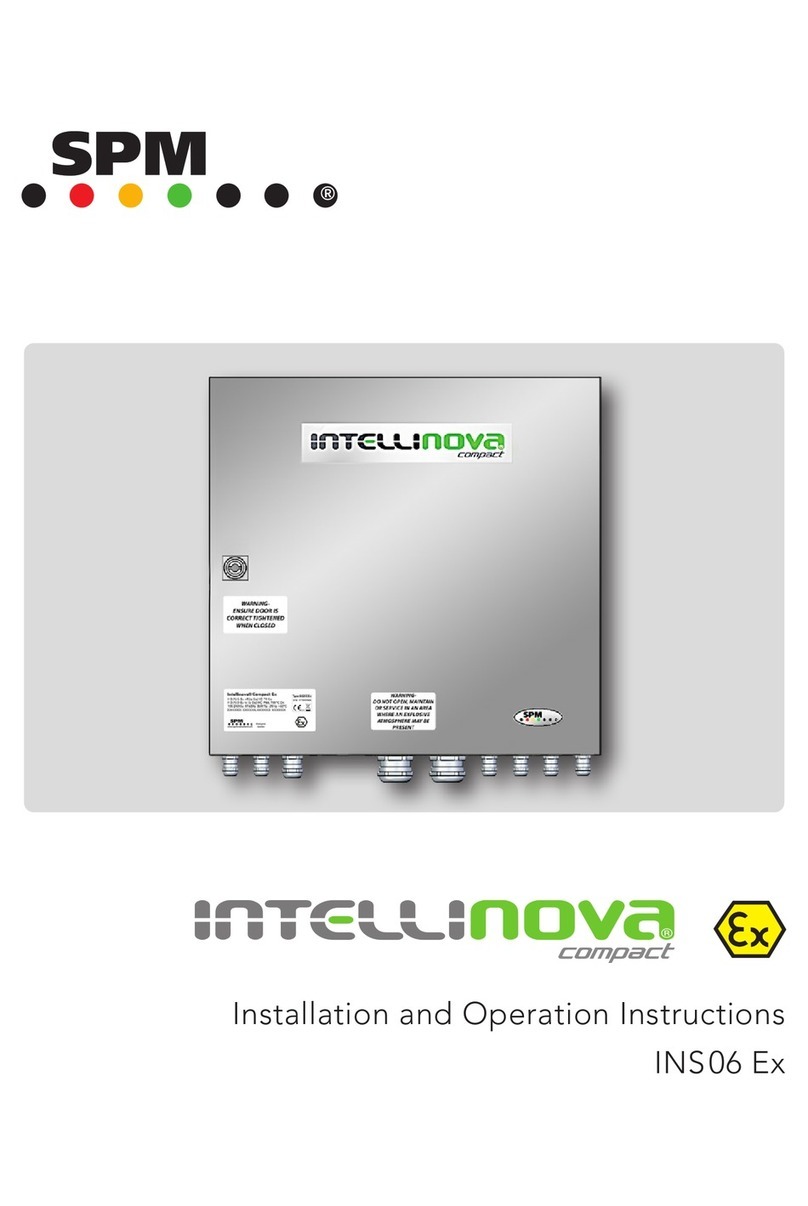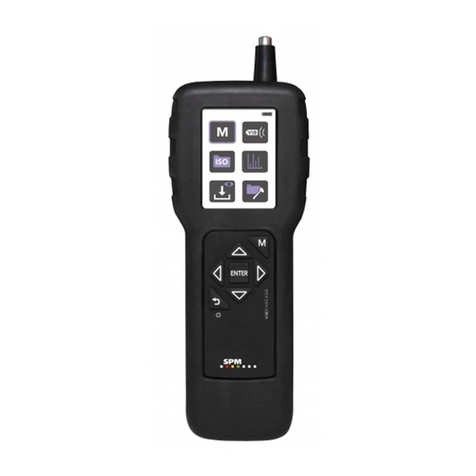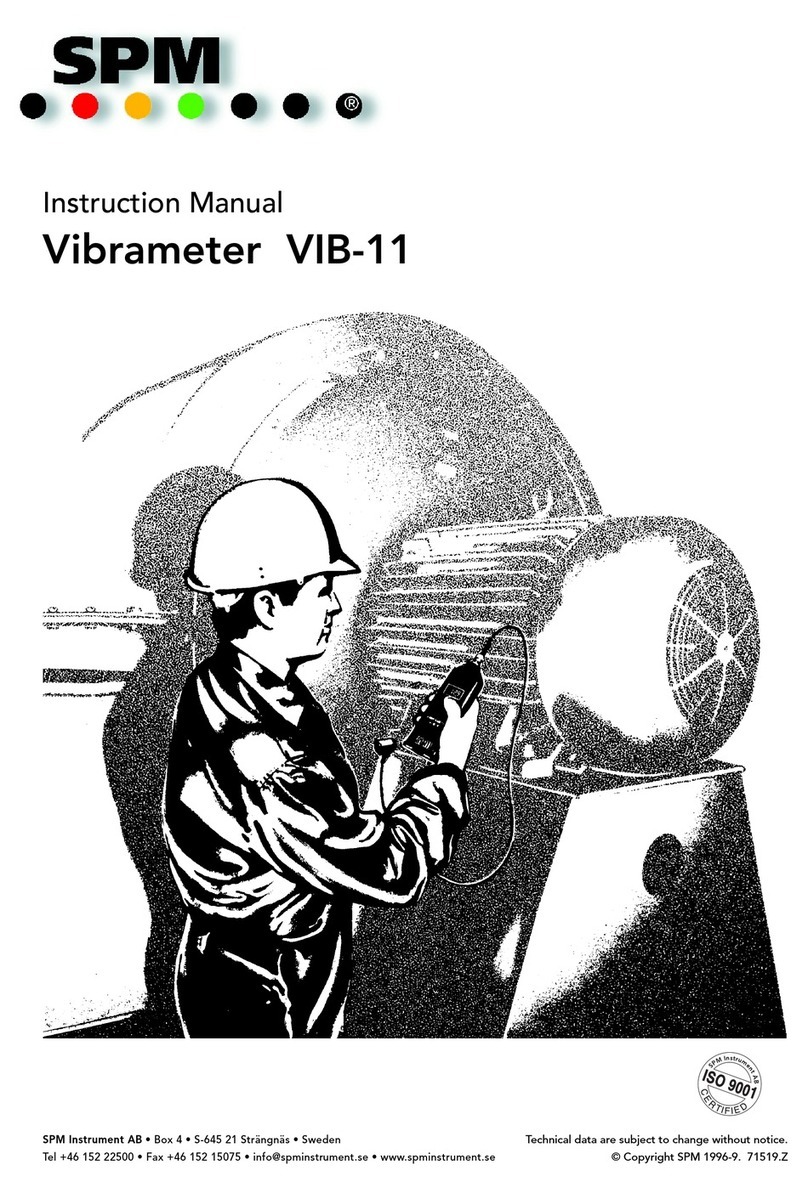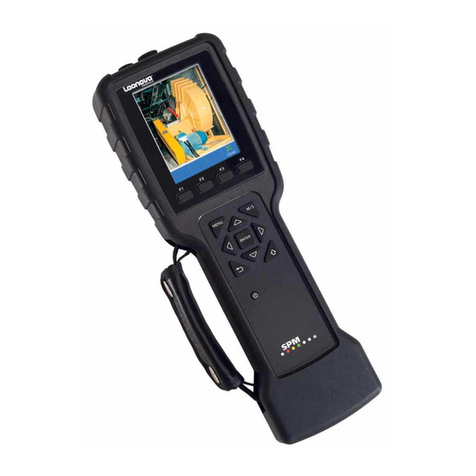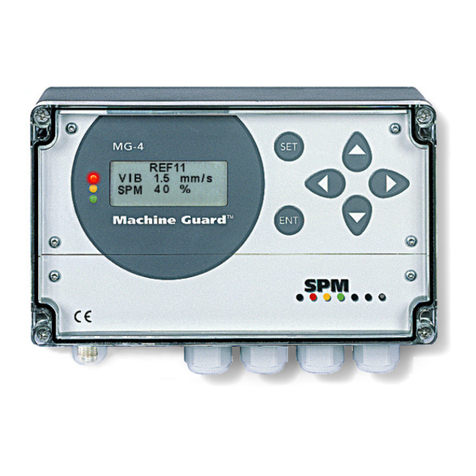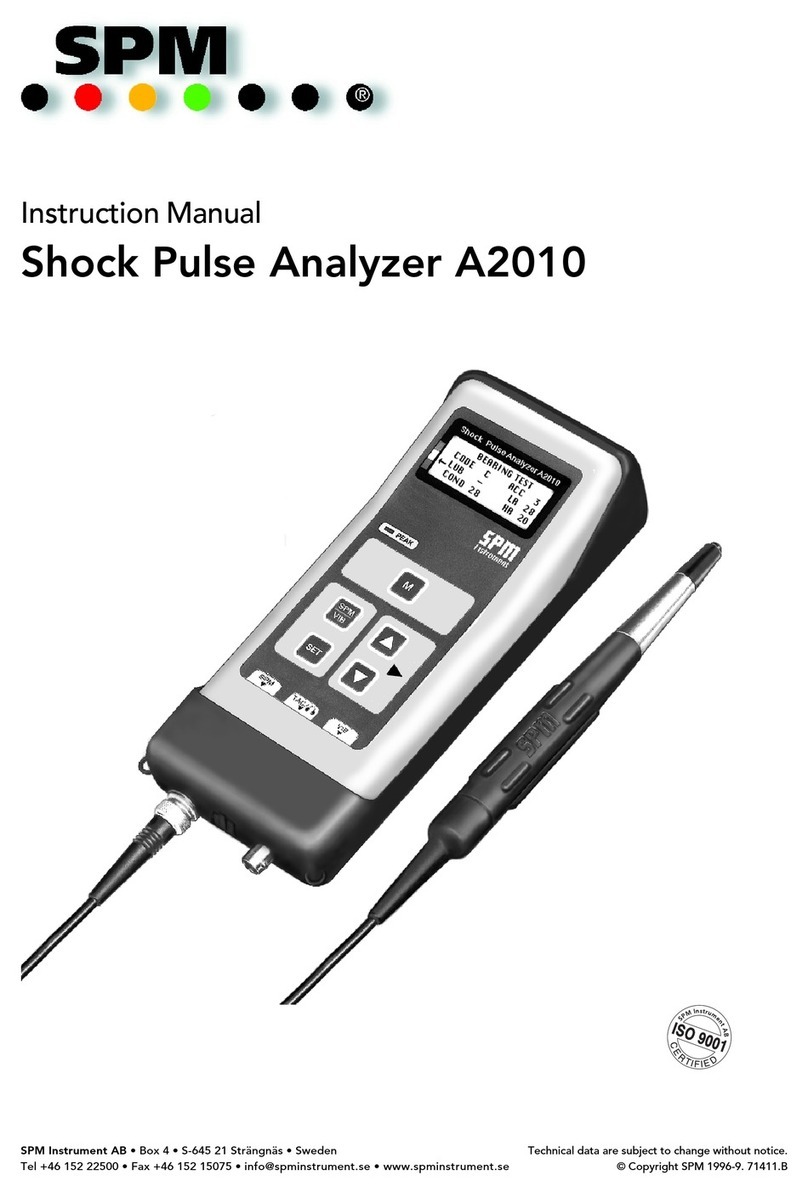
– 2 – SPM 71930 B
Safety Precautions
1. Safety Arrangements
1:1. General
All persons performing installation or service on rotating
machines and electrical equipment should be authorised
and familiar with general safety rules and IEC symbols as
well as local requirements, rules and regulations. In case
of doubt the local management should be consulted.
SPM will not be responsible for any accident caused by
persons not observing this Safety Precautions.
When performing installation or service on machines in
potentially explosive atmosphere, the requirements ac-
cording to ATEX EN 60079 should be followed.
1:2. Disconnection
Before starting installation work on machines, make sure
that main power is off and will stay off until the work is
done. Do not simply pull the switch - remove the fuses,
lock the fuse box, put up warning signs. Check all ter-
minals to ensure that the equipment is voltage free by
using a voltage tester.
1:3. Electrical Installation
Always read the instructions delivered with the equip-
ment before performing installation or service on electric
equipment. If you are in doubt, please contact your lo-
cal SPM representative before installing the equipment.
Damage of the equipment caused by incorrect installa-
tion is not covered by product warranty. Before starting
installation work, make sure that the main power switch
is in off position and will stay off until the work is done.
Check that all terminals, marked with protective earth
IEC symbol, are properly connected to the protective
earthing conductor of the building installation wiring. In
some countries, the term "protective grounding" is used
instead of "protective earthing". Earth and ground are
used synonymous in this installation instruction. Choose
installation tools that are safe and suitable for its working
environment. Electrical risks can sometimes be eliminated
by using air, hydraulic or handpowered tools. These are
especially useful in harsh conditions.
1:4. System Components
To ensure optimum safety for user and environment, only
original system components available from SPM should
be used. When using non-original components, the com-
pliance with EU directive with respect to electric safety,
EMC and machine safety is not guaranteed by SPM.
1:5. Reapplying Power
For human safety, ensure the electrical equipment or in-
stallation is electrically safe. Before starting the machine,
make sure that all protection covers on the machine are
mounted and secured.
2. Installation Precautions
2:1 Installation of Measuring Units and
Measuring Terminals
Measuring units and terminals should be located in a
protected position assigned by the local management.
The units shall be easily accessible for undisturbed
measurements and service. Signal cables should not be
located close to power supply cables. The measuring
equipment should be intended and specified for use in
existing environment.
It is important that you read the operating instructions
completely and follow all safety precautions before
operating the measuring units. Electrical connections
and wiring should be performed only by suitably trained
personnel.
2:2 Work Regulations
All personnel should be provided with the local work
regulation before any work is commenced.
It is important that parts of metal, rubber and plastics
are dumped in special containers. Such parts can cause
bad accidents and production disturbances if dropped
on the wrong place. From an environmental point of
view, wrapping materials should be collected so as not
to cause damage.
Precautions should also be taken when drilling, tapering
and grinding to avoid chips and grindings causing ac-
cidents and production disturbances.
2:3 Inspection and Acceptance
Inspection of transducer positioning, connections, cable
laying, TMU installations and strapping should take place
after finished installation. The cables should be marked
in accordance with agreement with the local contact.
Inspection protocol in accordance with the local regula-
tions should be used.
IEC symbols
Risk for electric shock Caution
Rotating parts Protective earth
